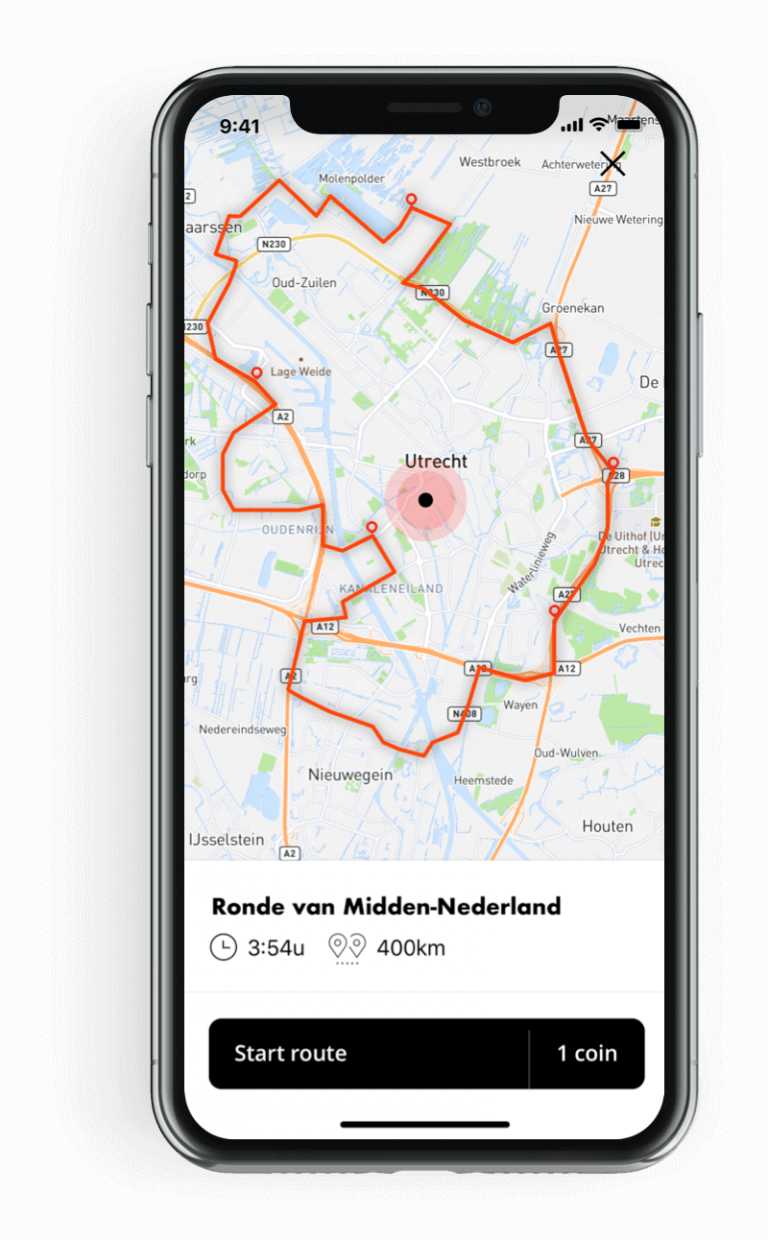
The spectrum of a BPSK-modulated signal is a sinc function, with most of the power concentrated around the carrier frequency. BPSK is a digital modulation scheme that conveys a signal by changing, or modulating, the phase of the carrier wave between two values separated by 180°. The C/A- and P(Y)-codes (see entries 1023 and 235,469,592,765,000), along with the navigation message, are modulated onto the signal carriers using binary phase-shift keying or BPSK. For example, we represent the GPS pseudorandom noise (PRN) ranging codes and the navigation message as sequences of zeros and ones and the zeros are just as important as the ones. For zero is also one of the two binary digits (the other is one, of course) used in the binary or base-2 number system that is fundamental to how computers, digital electronics, and communications systems operate. It is in a way the most civilized of all the cardinals, and its use is only forced on us by the needs of cultivated modes of thought.” Perhaps it was not needed for daily operations in 1911 but it is indispensible in our modern world. The English mathematician, Alfred North Whitehead, wrote in his 1911 book An Introduction to Mathematics, “The point about zero is that we do not need to use it in the operations of daily life. While zero is a pure real number (a number on an infinitely long number line), it is also a purely imaginary number (see the last entry in this article) because it lies on both the real and imaginary axes on the complex plane. The smallest cardinal number and the smallest non-negative integer. We’ll begin with the smallest non-negative number and work our way up to one of the largest GPS-relevant numbers, concluding with an imaginary but very important number.

In this article, we’ll take a look at some of these special numbers and their importance to GPS. Some of these are peculiar to GPS others are more common, finding utility in other global navigation satellite systems or even in our everyday lives. However, there are some special numbers that characterize how GPS works. We use them for counting and measuring, for labeling and ordering, and for codes and calculations. The column is coordinated by Richard Langley, Department of Geodesy and Geomatics Engineering, University of New Brunswick. “Innovation” features discussions about advances in GPS technology, its applications, and the fundamentals of GPS positioning. I’ll draw heavily on material from the past 199 columns. So in this column, the 200th, we’re going to look at GPS by the numbers, getting a sense of how GPS works by examining some of the key numbers that govern its remarkable capabilities, from the smallest to the largest. “I often say that when you can measure what you are speaking about, and express it in numbers, you know something about it but when you cannot measure it, when you cannot express it in numbers, your knowledge is of a meagre and unsatisfactory kind.” Lord Kelvin, said in one of his lectures, And you don’t have to be convinced about the importance of numbers and their role in understanding the world around us. You like to know how things work - GPS in particular. If you are a regular reader of the Innovation column, then likely you have an inquisitive bent.


Numbers that tell us how the GPS signals are generated and how a receiver is to interpret the signals to provide a position fix. Formerly known as an Interface Control Document or ICD, it has gone through several revisions since its first public release in July 1991. But more to the point of this column, it is the designation of the basic reference document that describes how GPS works: IS-GPS-200. And in 2012, it will be how many years have elapsed since The War of 1812 - the last time Canada and the United States had a serious quarrel (other than in hockey). It’s how many dollars you get when you pass Go in Monopoly. It is the smallest base 10 unprimeable number - you can’t turn it into a prime number by changing just one of its digits to any other digit. But the number 200 is interesting for other reasons, too. So clearly 200 is an important number for me and, I hope, for you.

The column has appeared 199 times and now we come to number 200. Since 1990, we have covered a wide range of topics, some of them at the leading edge of GPS development and some of them reviewing the basics of GPS operation in tutorial fashion. From the outset, we established that the column should deal with issues that have broad application and interest and are presented in terms that are accessible to as wide a range of readers as possible. I have managed this column continuously since the first issue of GPS World magazine, which appeared back in 1990.


 0 kommentar(er)
0 kommentar(er)
